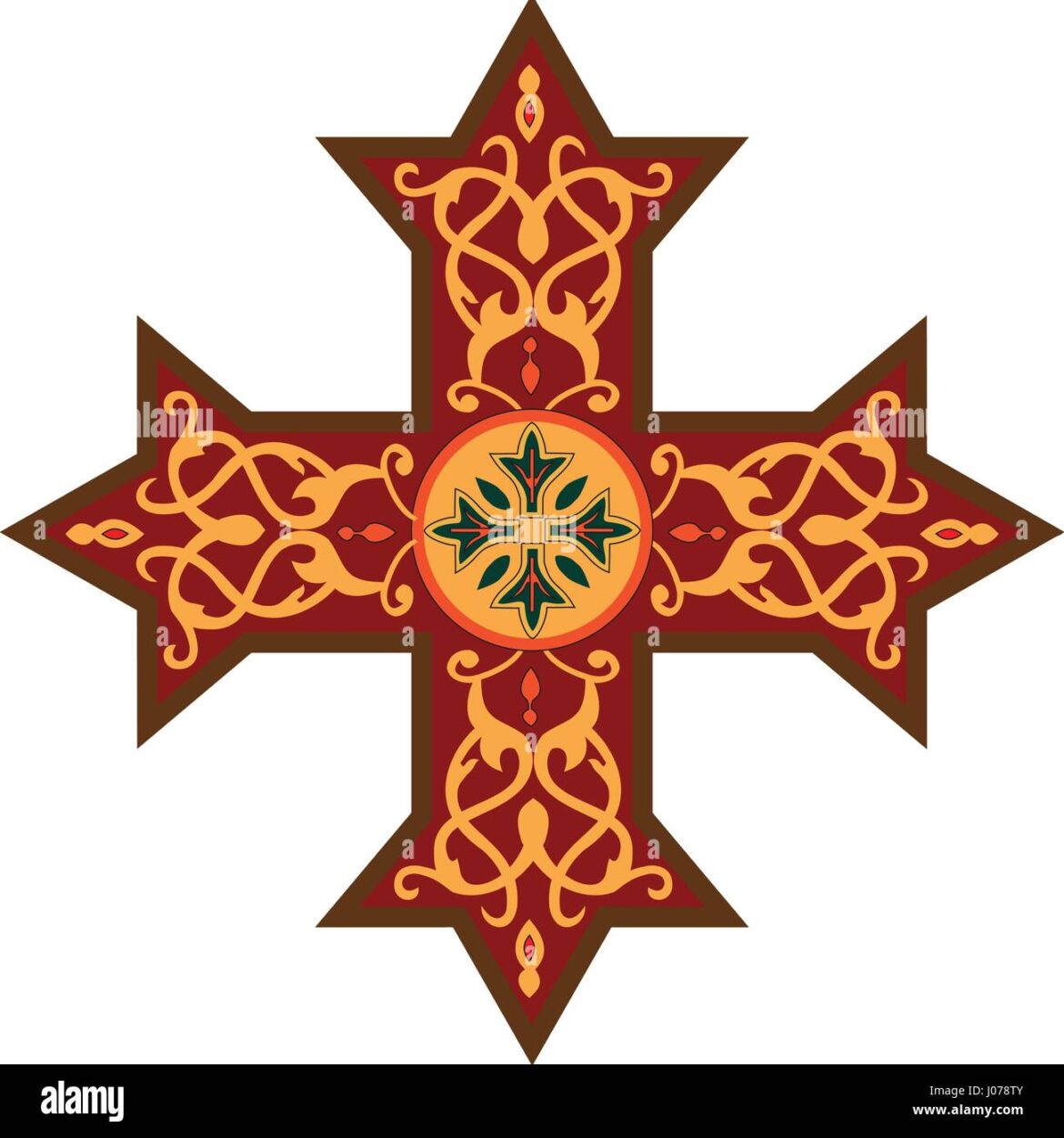The Coptic Orthodox Church represents one of the oldest Christian traditions, with roots tracing back to the early days of Christianity itself. Established in Egypt by St. Mark the Evangelist around 60 AD, it embodies a rich tapestry of faith, culture, and history. With a unique theological perspective and liturgical practice, this ancient church has navigated a particularly tumultuous journey under both the Cross of Christ and the Crescent of Islam.
As Christianity spread through the Roman Empire, Egypt found itself at the crossroads of major historical currents, including Hellenistic philosophy and burgeoning Islamic influence. The Copts, as adherents of the Coptic Orthodox Church are known, continued to uphold their religious identity amidst challenges from dominant political and religious forces over the centuries. This juxtaposition of two significant religious communities is a central theme in its narrative.
The Coptic Orthodox Church is characterized by its profound commitment to Christ’s teachings and an unyielding sense of tradition. It emphasizes the divinity of Christ and the Virgin Mary’s role within the ecclesiastical fabric, adorning its theology with rich Christological debates that took center stage in the early ecumenical councils. The Council of Chalcedon in 451 AD was particularly consequential, leading to the Coptic Orthodox Church’s break from the broader Christian communion that accepted the Chalcedonian definition of Christ’s dual nature. This schism underscored deep theological differences regarding how Christ’s divinity and humanity coexist, framing Coptic Orthodoxy as non-Chalcedonian.
The liturgical life of the Coptic Orthodox Church is ornate and deeply spiritual. The Divine Liturgy is celebrated in Coptic or Arabic, often incorporating ancient hymns and practices that reflect early Christian customs. The sacred space of a church is distinct, often adorned with icons that serve as windows to the divine. This art form, crucial to both doctrinal teachings and spiritual experience, invites the faithful into contemplation of God’s grandeur while encapsulating the historical lineage of the heavenly connection.
Faith in this church is often described as being under the banner of the Cross, a symbol of Christ’s sacrificial love. Yet, for many Copts, this is juxtaposed with the more recent and historical presence of Islam in Egypt. The relationship between the Coptic Orthodox Church and the Islamic community, particularly in a country where Christians constitute a minority, has been one of both coexistence and contention. Periods of persecution have been met with resilience, fostering a character that is spiritually rich yet marked by suffering.
This connection to both suffering and survival invokes a deeper fascination with the Coptic Orthodox identity. The term ‘Copt,’ derived from the Greek word for Egypt, reflects not just ethnicity, but also a religious identity responsive to historical vicissitudes. Copts have experienced a narrative punctuated by resilience, refusing to dilute their faith under external pressures. As exemplified during the Arab Spring and subsequent tumultuous events, the church has played a pivotal role in both preserving traditions and addressing contemporary challenges.
A poignant aspect of Coptic life is its reverence for martyrs, echoing a significant component of early Christian history. The Coptic Church has produced a remarkable legacy of martyrs who stood firm in their convictions, some of whom became canonized saints. The annual commemoration of these individuals reflects the church’s continued acknowledgment of sacrifice in the name of faith.
The challenge of maintaining their faith in a predominantly Muslim society is further exacerbated by issues including marginalization, discrimination, and sporadic violence. Yet, such challenges have not quelled the spirit of the Coptic community. Their vibrant liturgical celebrations, solemn fasts, and fervent prayers reflect a culture that, while beset by trials, radiates hope and vibrancy. The recent resurgence of Coptic culture and identity among the youth, emphasizing education, artistic expression, and communal engagement, signifies a reawakening that captivates attention both locally and globally.
From an ecumenical perspective, the Coptic Orthodox Church also demonstrates a commitment to dialogue with other Christian denominations. There exists a burgeoning interest among various theological circles to bridge the divides that have historically characterized Christianity. Initiatives towards mutual understanding, shared worship experiences, and collaborative social services are gradual steps toward healing divisions. This endeavor invites curiosity and offers the potential to foster greater unity in the face of a fragmented religious landscape.
The fascination with the Coptic Orthodox Church is thus not merely a chronological curiosity; it reflects a deeper exploration into a community that embodies steadfastness, cultural richness, and dynamic faith. It raises questions about identity, resilience, and coexistence in a complex socio-religious fabric. For contemporary Christian scholars and laypeople alike, the Copts serve as a compelling case study in living out faith amid profound challenges. Their narrative is a reminder that the essence of Christian witness transcends time, continuously inviting reflection on the interplay between faith and culture under the enduring symbolism of the Cross and the intricacies of coexistence with the Crescent.
In the broader context of Christianity, engaging with the Coptic experience invites theological introspection on the nature of unity, diversity, and the essence of what it means to follow Christ. It encourages an appreciation for the myriad ways faith can shape identity, morality, and community dynamics. Ultimately, the story of the Coptic Orthodox Church is one that speaks volumes—a testament to a faith that flourishes under both the trials of life and the transformative power of love embodied in the Cross.



